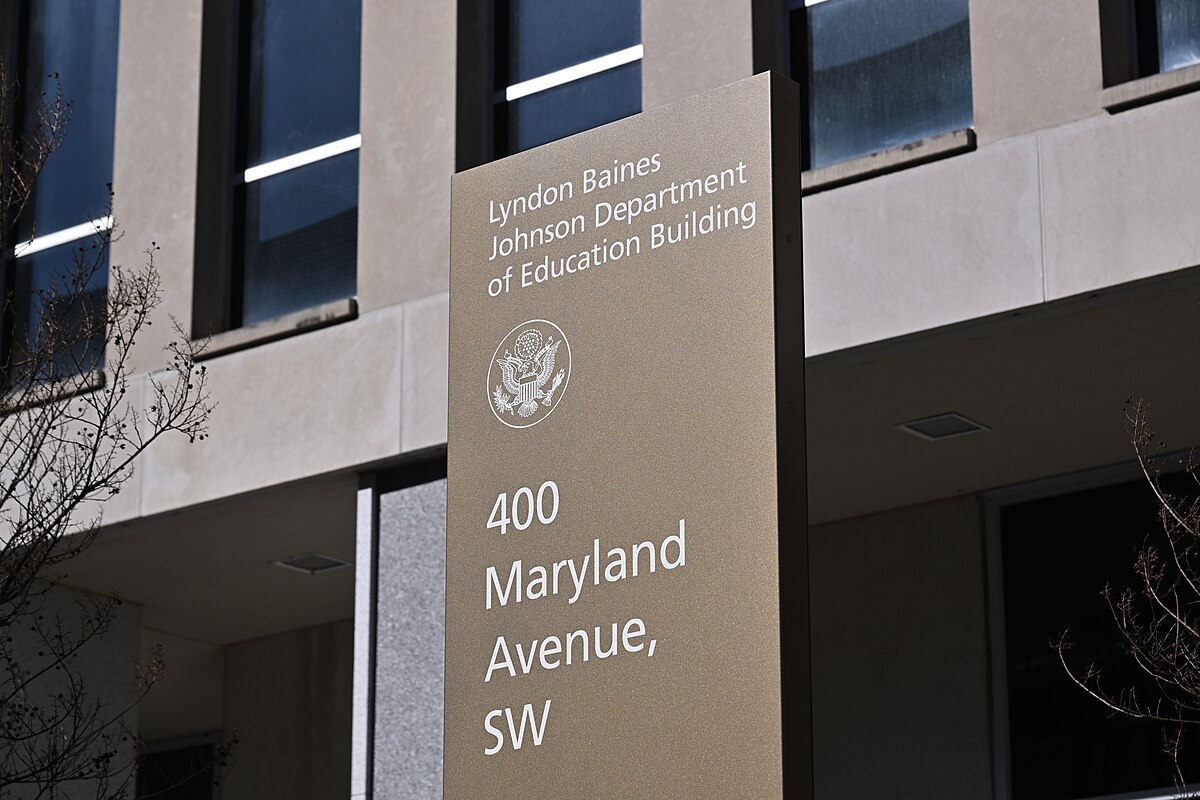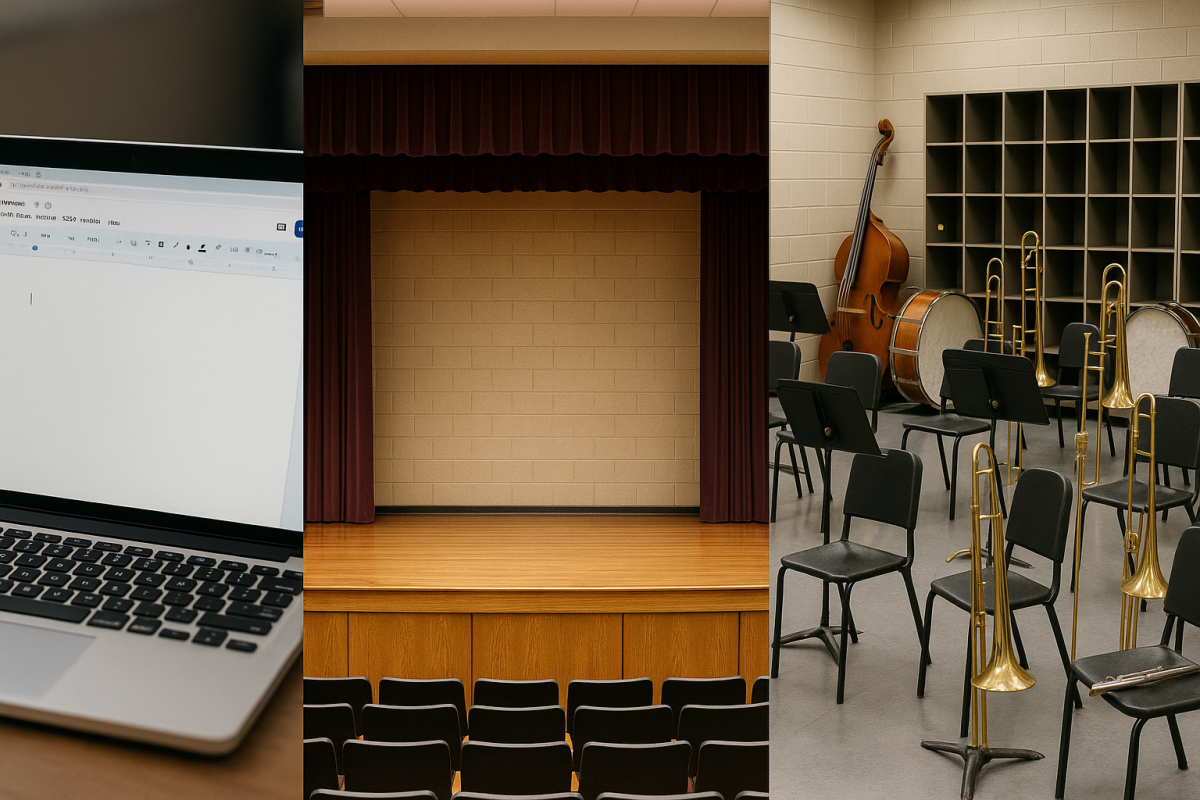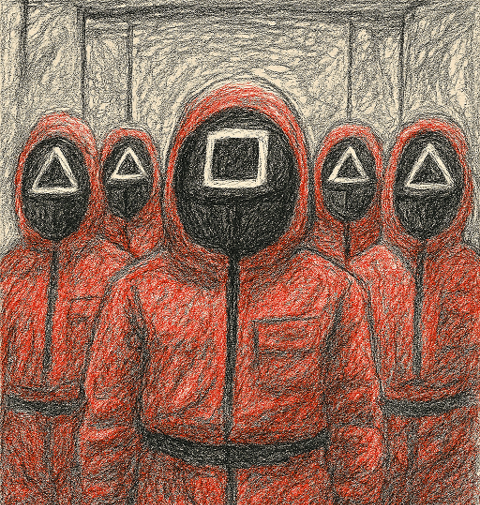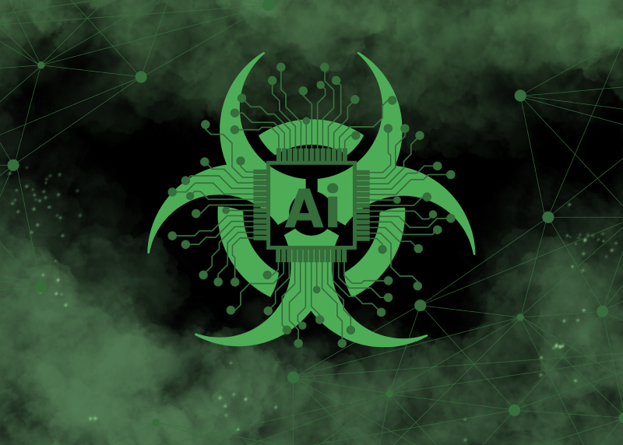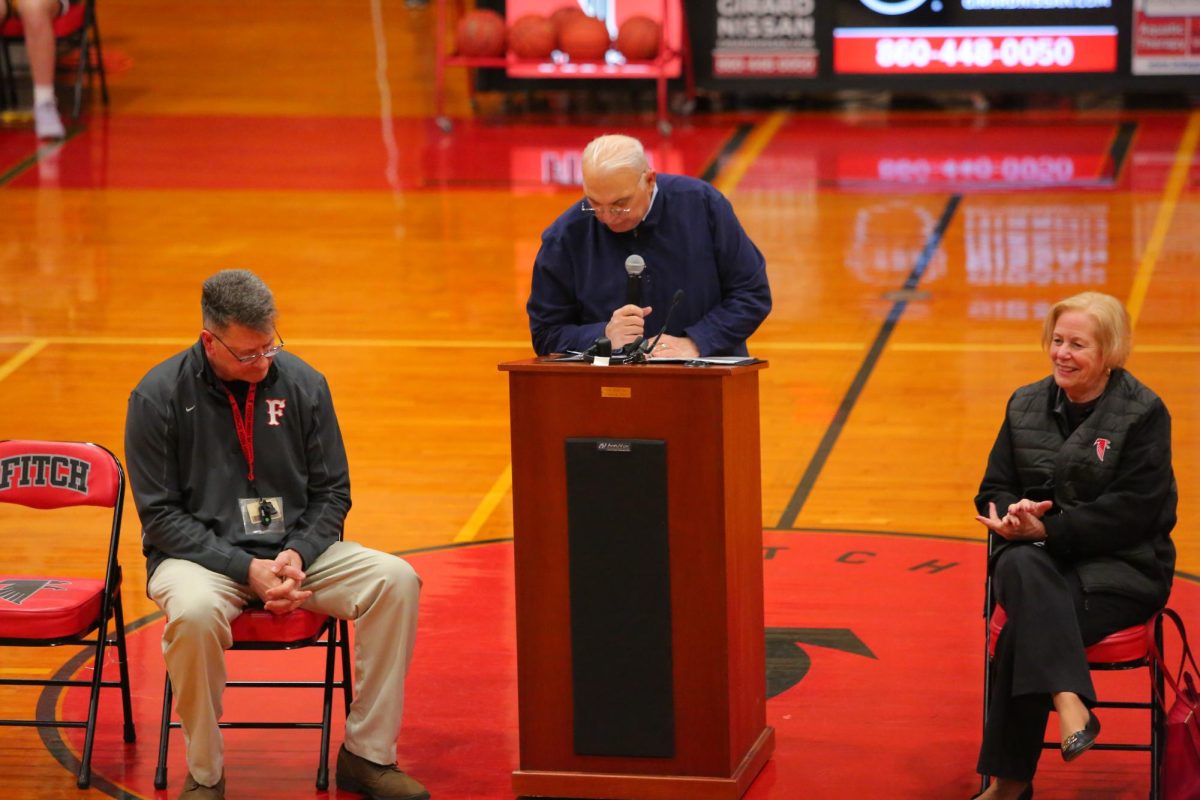Notre Dame and the Yellow Vests
June 6, 2019
On April 15th, 2019 France’s famous Notre Dame cathedral caught fire, causing immense structural and cultural damage to one of France’s beloved landmarks. The fire was a sudden, jarring look at how fragile a nation can be. A fragility that is only heightened by the emergence of the Yellow Vests.
In the hours and days following the fire, pledges to help rebuild Notre Dame increased exponentially. In less than a week, over $1 billion was raised to rebuild the cathedral.
To many, these funds are a sign of unity within France, but this is not a universal opinion. France’s Yellow Vests movement finds these funds to be a sign of the continuing inequality in France. The Yellow Vests are a protest movement that is trying to reverse economic inequality in France. The movement is mostly made up of middle-class citizens, those which are hit the hardest by France’s steep taxes. Already stretched thin from paying into a welfare system they cannot access, the Yellow Vests united after President Macron announced a diesel tax that would cripple rural communities.
The Yellow Vests feel that France is becoming intensely stratified, with the rich becoming even richer through the government’s policies. The Yellow Vests feel that allocation of funds for Notre Dame was a clear sign of this inequality. While lower and middle-class citizens are struggling to survive on defunded charities and social programs, France can suddenly produce $1 billion to rebuild a church. The movement feels that the money would have been better used to fight homelessness, improve education, or help any number of pressing social issues.
Already outraged at the inequality within France, the Notre Dame fire has only increased the Yellow Vests anger. As protests continue to swell, France may be well on its way to total division along class lines.











